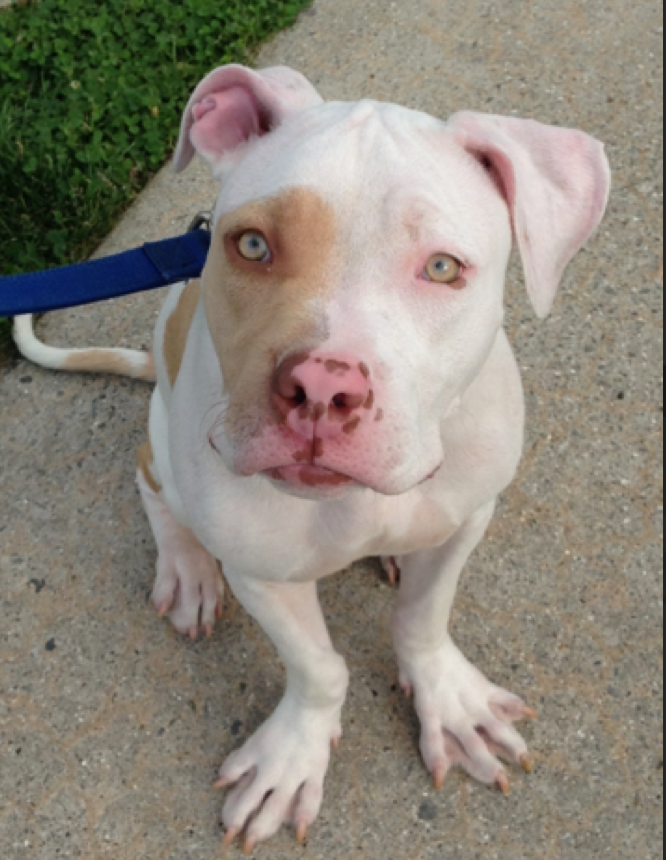

“ massive skulls and powerful jaws give them almostīrian C. “This is not a normal canine animal.” – Parker, COĬouncilman Jack Hilbert, Rocky Mountain News, 1/5/06 Cinncinnati, 1990, qtd in State of Ohio v. Pitīulls… have been known to destroy sheetmetal panels by ripping them “…the pit bull is an exceptionally strong and athletic dog which requires extraordinary measures for confinement ( e.g., six-foot-high enclosed fences). “Repeat after me: ‘This breed is unpredictable…prone to attack for no reason’.” – Anonymous poster, discussing a JGreely Tribune article entitled “Pit bull They are a walking time bomb…If something sets Some examples of individuals invoking the image of the stereotypical pit bull: There are a wide variety of myths associated with the stereotypical pit bull. Pit bulls are sometimes compared to sharks, tigers, venomous snakes, and other wild animals. Because the breed labeling process is highly subjective, different shelter workers inevitably notice different Upon intake, dogs are mentallyĬompared against these trait templates and assigned the closest probable breed. Shelter workers and animalĬontrol officers keep mental “trait templates” of about 30 of the most popular and distinguishable dog breeds (up to maybe 50 breeds if they have more experience). The process of breed labeling is entirely appearance-based and has nothing to do with a dog’s temperament, behavior,įurthermore, the individuals who perform the breed labeling often do so without any real education or knowledge about the appearance of the 400+ dog breeds that exist. Looking at the dog and guessing its breed or predominant breed. It is not possible to add a dog to a shelter system without marking the dog with at least one “predominantīecause most dogs do not bring their pedigree (a written family tree) with them when they enter the shelter or animal control system, animal shelter workers assign breed labels upon intake by To predict certain traits and thereby narrow their choices. Shelters use breed labels for tracking and identification purposes their clients, who are people seeking their lost dog or looking for a new one, use the breed labels A dog does not need any actual DNA from a core or satellite breed (APBT, AST, SBT, BT) in order to have a “pit bull” appearance.Īnimal shelters handle a large population of homeless dogs-usually stray dogs with unknown genetic make-up and history-and they must assign a breed

These general traits can produce a “pit bull”-lookingĭog within a first generation mix. Most of the above breeds are medium or large size, have mastiff or terrier roots, have short fur, and have a strong or muscular appearance. (These breeds are in addition to the breeds already mentioned in sections above.) There are many breeds that, when purebred, have a distinct look-but when mixed, can easily produce offspring that resemble “pit bulls.” Some of these breeds are listed below. Strikingly different because they inherit different characteristics. Two puppies with the same parents may each look and behave In the case of mixed-breed dogs, appearance and characteristics are basically unpredictable and inconsistent. Mixed-breeds can have two to dozens of different breeds in their genetic makeup. Only a small proportion of dogs are purebred.

Their fur is short.īreed mixes that easily produce “pit bull-like” offspring Although Boxers are usually imagined as brown with a black mask, they are also very common in brindle and white. Although the Boxer and the pit bull share a strikingly similar history, the Boxer is not commonly legislated against and does not carry the negative Individual dogs and mixes whose muzzles are not soįoreshortened are easily seen as pit bulls. The Boxer is distinguished from the APBT primarily by its brachycephalic (extremely short or “pug”) nose. Both of these were used for hunting andīull baiting in the 18th and 19th century. May include these breeds under the category of “pit bull.” Many of these breeds can trace some of their ancestry to the now-extinct old-style English bulldog.īoxer-The Boxer was developed in Germany from the old English bulldog and the Bullenbeisser (German version of the old English bulldog). In some places with breed-specific legislation, the law Their mixed-breed offspring can also closely resemble an APBT. Several breeds are similar in appearance to the American Pit Bull Terrier.


 0 kommentar(er)
0 kommentar(er)
